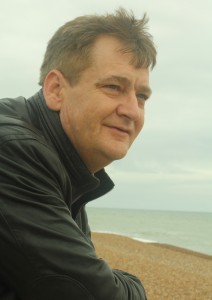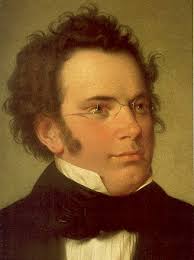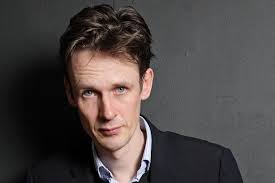London Coliseum 27 November 2014
ENO have mounted a number of highly successful productions of new works by John Adams, in collaboration with Peter Sellars. If The Gospel According to the Other Mary does not quite live up to the expectation of earlier stagings that should not imply that there is not much to appreciate here. The real problem is with the approach to the text and characterisation. While in essence a retelling of the passion, Jesus is never present. His words are given to a trio of counter-tenors, and occasionally spread across the rest of the cast. All of the named characters have at least one character double, and Lazarus is split over a singing tenor, a dancer and an actor. As such our sympathies are dissipated. It is difficult to empathise with a group rather than a single individual. It is the opposite of the Bach’s passions where we are drawn in by the emotional intensity of the singer and made to feel their pain.
The constant shifts in emphasis are also confused by the movement from mythical to contemporary time. We frequently lose the sense of where the focus is in any one scene, and the often powerful writing is lost in the hazy visual impact.
The small cast sing the score with enthusiasm and Russell Thomas is particularly effective as Lazarus, his long solo towards the end of act one at last galvanising our attention. Patricia Bardon’s Mary is often an outsider, ill at ease with the action around her, though this is never brought to real focus until the end.
The set of sand-coloured soft gauzes is effective though the constant drifting of the back cloths can be distracting. James F Ingalls provides very effective lighting which tries to guide our attention throughout, and is particularly effective in the choral scenes.
There is not a lot for the chorus to do dramatically and for much of the time they stand as a block, gesturing to the score in a way now familiar in Peter Sellars’ productions. Though frequently effective it can also be distracting.
Joana Carneiro drives the score with great intensity from the pit and it will be interesting to compare her approach to the new recording of the work.















